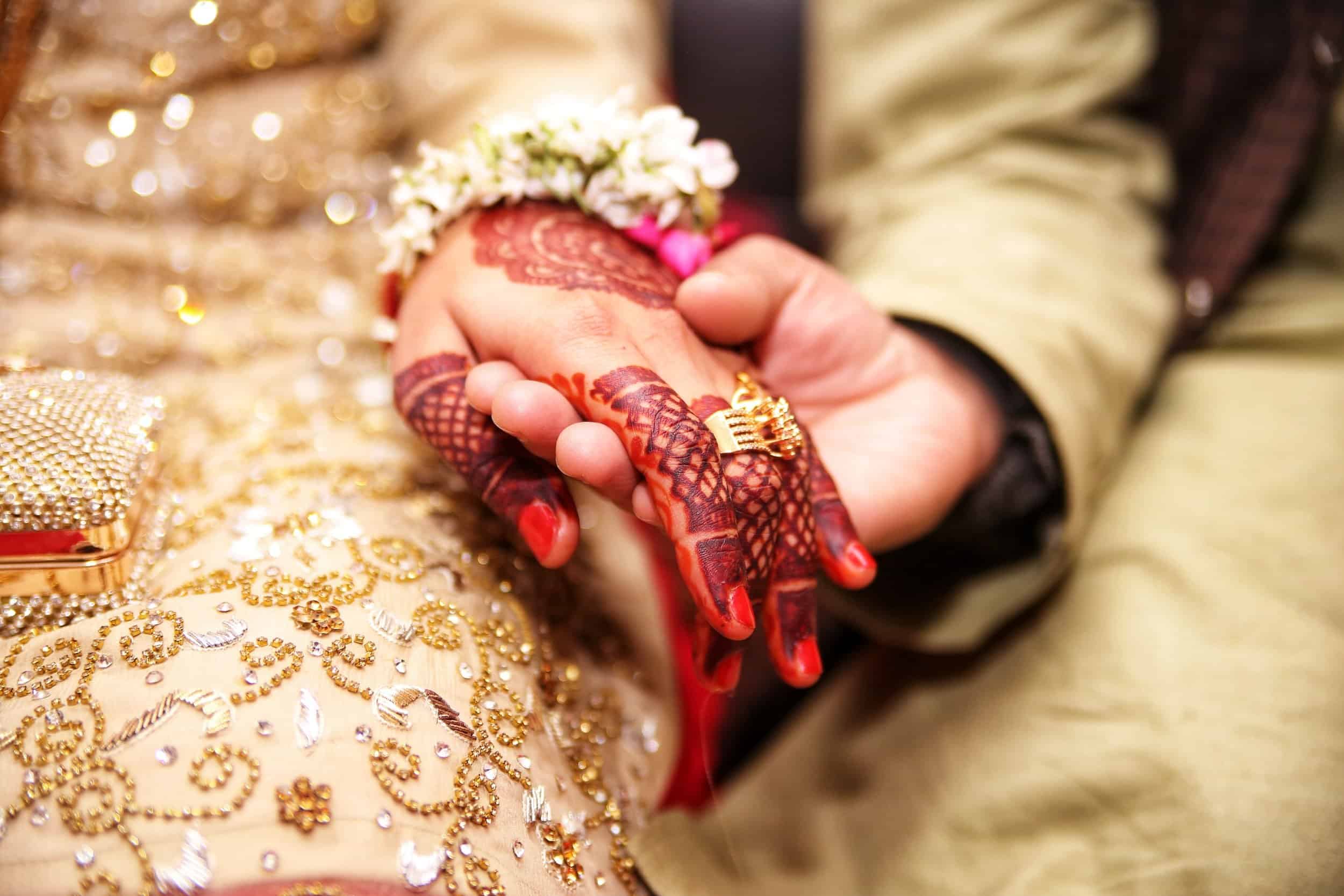photo courtesy of Blue Rose Photography
Communication, cooperation and realistic expectations are essential when you draw up your wedding budget. The bride’s family has traditionally paid all wedding expenses, but it is now appropriate for families to share costs.
When you draw up the budget, be communicative, realistic and cooperative. If the bride’s family cannot bear the bill, the groom’s parents might be willing to share a portion of the financial responsibility.
There are also expenses that the bride and groom might assume, further relieving financial pressure.
Following is the usual division of nuptial expenses. However, there are times when practicality must reign. Tradition frequently bows to whomever is willing and able to pay the bill:
Bride
• Wedding gift for groom
• Wedding ring for groom
• Gifts for attendants
• Personal stationery
• Lodging for out-of-town attendants
• Physical examination
• Luncheon for bridesmaids
Bride’s Family
• Reception
• Wedding gift for newlyweds
• Bride’s wedding attire and trousseau
• Invitations, announcements, and postage
• Engagement & wedding photographs
• Rental of wedding site
• Organist, soloist and sexton fees
• Aisle carpets and/or canopy, and any decorating costs
• Bridesmaids’ bouquets
• Flowers for reception
• Transportation for bridal party to ceremony and reception
• Security and insurance for gifts (optional)
Groom
• Wedding gift for bride
• Wedding ring for bride
• Marriage license
• Gifts for attendants
• Bridal bouquet & going-away corsage
• Boutonnieres for all men in wedding party
• Mothers’ corsages
• Physical examination
• Gloves, ties or ascots for attendants
• Lodging for out-of-town attendants
• Fee for clergy or judge
• Honeymoon
• Bachelor’s dinner (optional: may be assumed by best man and ushers)
Groom’s Family
• Wedding gift for newlyweds
• Rehearsal dinner (optional)
• Their own expenses for clothing, travel












